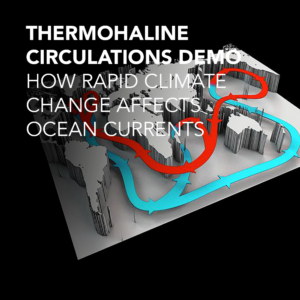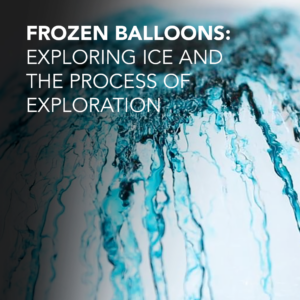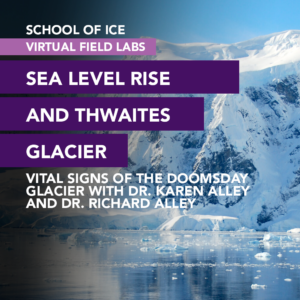By building a personal “life core,” students are introduced to some of the techniques and vocabulary used by scientists as they study ice cores.
Background
Anything that is airborne in Earth’s atmosphere-including dust, sea salts, volcanic ash, soot from forest fires, and radiation from nuclear bombs and tests can be deposited on the ice sheets in Greenland and Antarctica. Over hundreds of thousands of years, layers build up and trap those remnants plus air bubbles
from past climates. Climate scientists can “read” the particles like a history book to understand the story of Earth’s climate and atmosphere.
Ice cores are providing evidence of past climates and are helping scientists predict how fast and how much sea levels can rise when ice melts. This is significant because most of Earth’s human population lives near coastlines.
Key Concepts
1. Recent history is at the top of an ice core and deeper layers record older periods.
2. Scientists use tools like core logging sheets to record their observations.
3. Color, texture, deposition rates are some of the characteristics researchers use when making visual
observations of ice cores.
4. Some layers are thicker than others because the deposition rate (how much snow is deposited) varies from
season to season and year to year.
5. Repeated patterns in depositional layers can indicate cyclicity.






